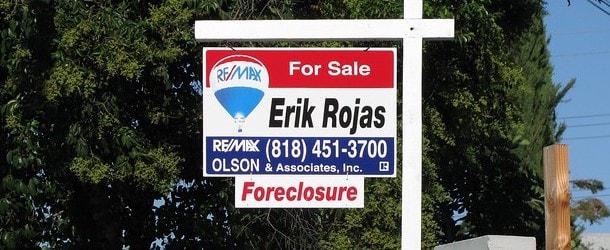Well, another week has gone by, and with that a new wave of mortgage forbearance requests.
The total number of home loans now in forbearance is 3.74%, up from 2.73% a week earlier, per the latest Mortgage Bankers Association’s (MBA) Forbearance and Call Volume Survey.
That’s a 37% increase week to week, which while not as massive as the initial report, is still quite grim.
To remind you, the total number of mortgages in forbearance had been just 0.25% during the week of March 2nd.
All told, we’re looking at a 1,396% increase in the total number of loans in forbearance, which is pretty staggering.
It tells you that mortgage loan servicers are going to be under immense pressure without a liquidity backstop in place to protect them.
FHA and VA Loans Continue to Post Highest Forbearance Rates
- Ginnie Mae forbearance rate rises to 5.89% from 4.31%
- Fannie/Freddie forbearance rate up to 2.44% from 1.69%
- Phone hold times with loan servicers decreased to 10.3 minutes from 13 minutes
- Abandonment rates (hang-ups) declined to 17% from 21%
Just like last week, Ginnie Mae backed home loans fared worst, which includes FHA loans, VA loans, and USDA home loans.
The forbearance rate for such loans increased to 4.31% to 5.89%, meaning nearly six percent of homeowners with those types of mortgages now have their monthly mortgage payments frozen.
The silver lining is Ginnie Mae took action and made changes to its existing Pass-Through Assistance Program (PTAP) that lets issuers facing a temporary liquidity shortfall due to COVID-19 apply for assistance without being held in default.
Meanwhile, Fannie Mae- and Freddie Mac-backed loans saw their collective forbearance rate rise to 2.44% from 1.69%, a 44% increase week-to-week.
For reference, the Ginnie Mae loans are performing worse because their borrowers often put less (or nothing down), have higher DTI ratios, and lower credit scores.
Like last week, independent mortgage bank (IMB) servicers continue to exhibit higher rates of loan forbearance at 4.17% versus banks at 3.63%.
However, IMBs only saw their forbearance rate rise 21% from last week, while banks saw it climb 62%.
Of course, depository banks are better equipped to deal with defaults because they have customer deposits, aka cash on hand.
Mortgage Forbearance Doesn’t Equal Foreclosure
- Nearly 4% of mortgage loans are now in forbearance thanks to COVID-19
- Forbearance rate expected to get even worse in coming weeks and months
- But many homeowners have a sizable equity cushion and fixed-rate mortgages that are affordable
- Previous mass forbearance events resulted in a very small percentage of homes lost to foreclosure or short sale
While the numbers so far are pretty scary, and bound to get even scarier next week and thereafter, it’s just forbearance.
And forbearance does not equal foreclosure, especially if the current situation is more temporary in nature than the housing crisis that took place a decade ago.
As I’ve said before, back then homeowners had no equity and their mortgages were often exotic in nature, whether it was an option ARM or an interest-only home loan that wasn’t properly underwritten.
Today’s homeowners are mostly in good shape from both an equity standpoint and a monthly payment perspective.
While they might not be able to make ends meet for several months or even a year while the coronavirus epidemic plays out, the expectation is most will get back on track.
Yesterday, mortgage analytics company Black Knight estimated that an unemployment rate of 15% could result in 3.5 million new mortgage delinquencies. This was modeled on Great Recession mortgage performance.
While stark, they noted that the many forbearance programs offered by loan servicers, along with the CARES Act, could lessen the financial blow.
There are also the stimulus checks rolling out, which could be used to pay the mortgage, or stashed in a savings account to deal with the shortfall later down the line.
Additionally, forbearance has proven to be effective in the past during times of crisis, with the hyperactive 2017 hurricane season used to illustrate.
A total of 10 hurricanes, including six major ones, resulted in 140,000 seriously delinquent mortgages, but just 1% of homes were lost to foreclosure or short sale two years later.
The bigger concern seems to be loan servicers, which would need to advance more than $2.1 billion in principal and interest per month to investors if five percent of mortgage holders seek forbearance.
And that seems to be becoming more of a reality every day.
Read more: How is mortgage forbearance paid back?

